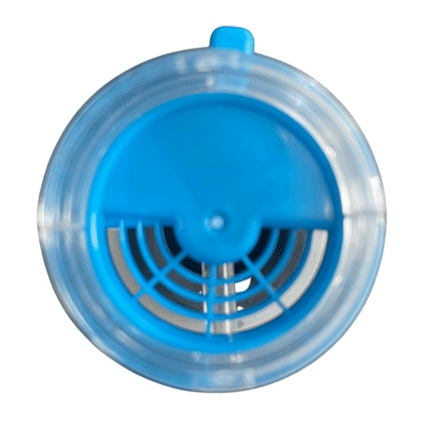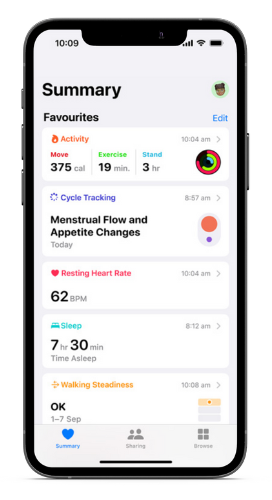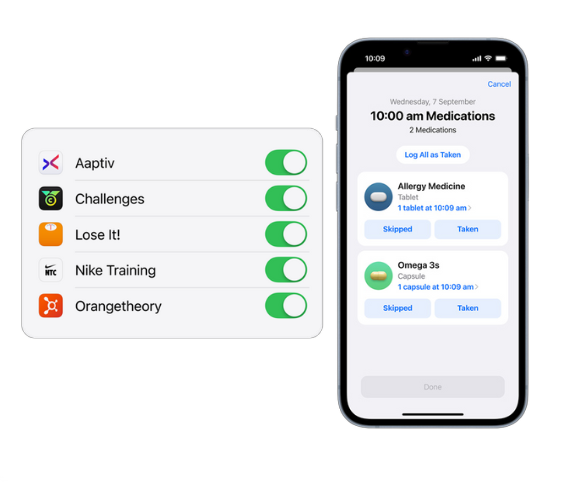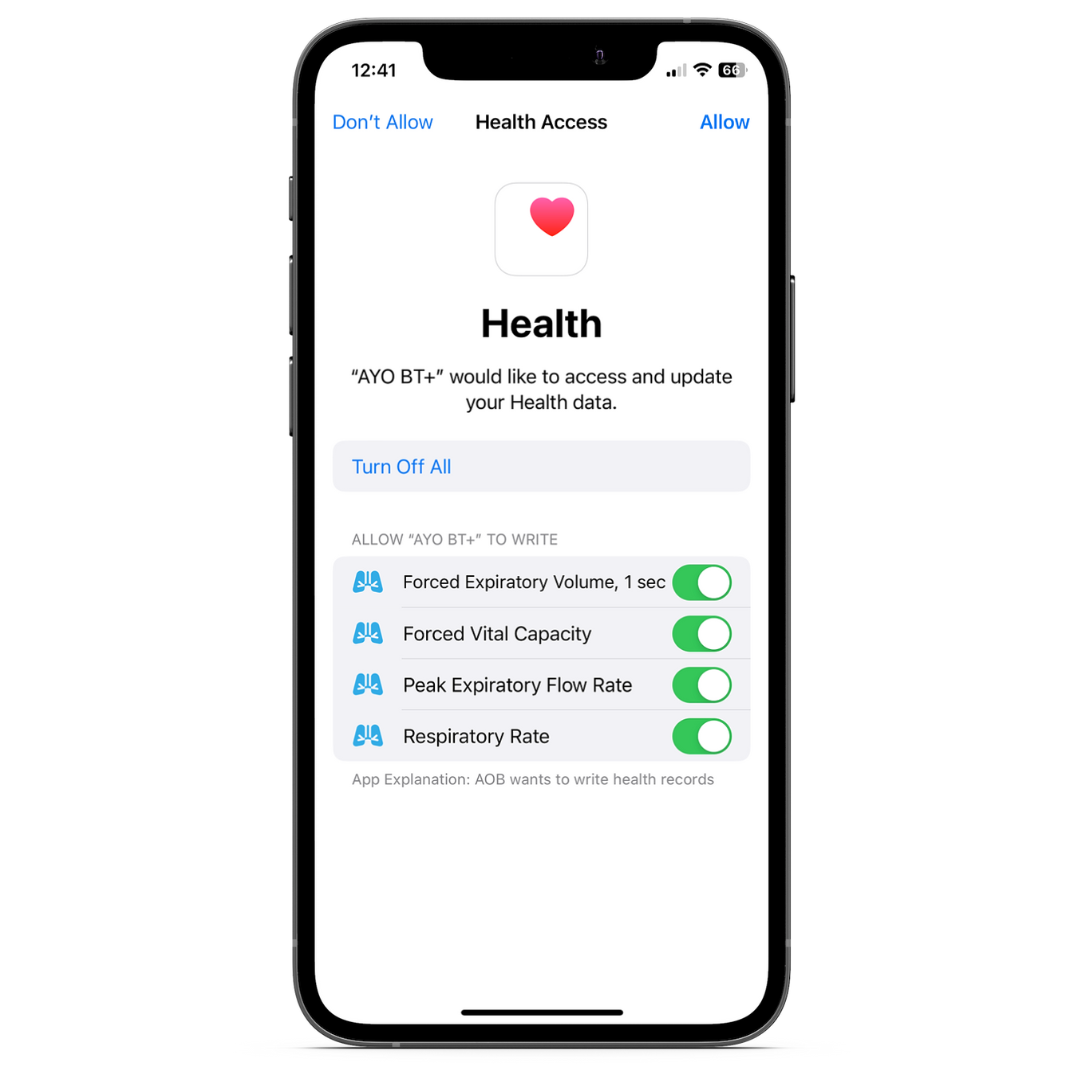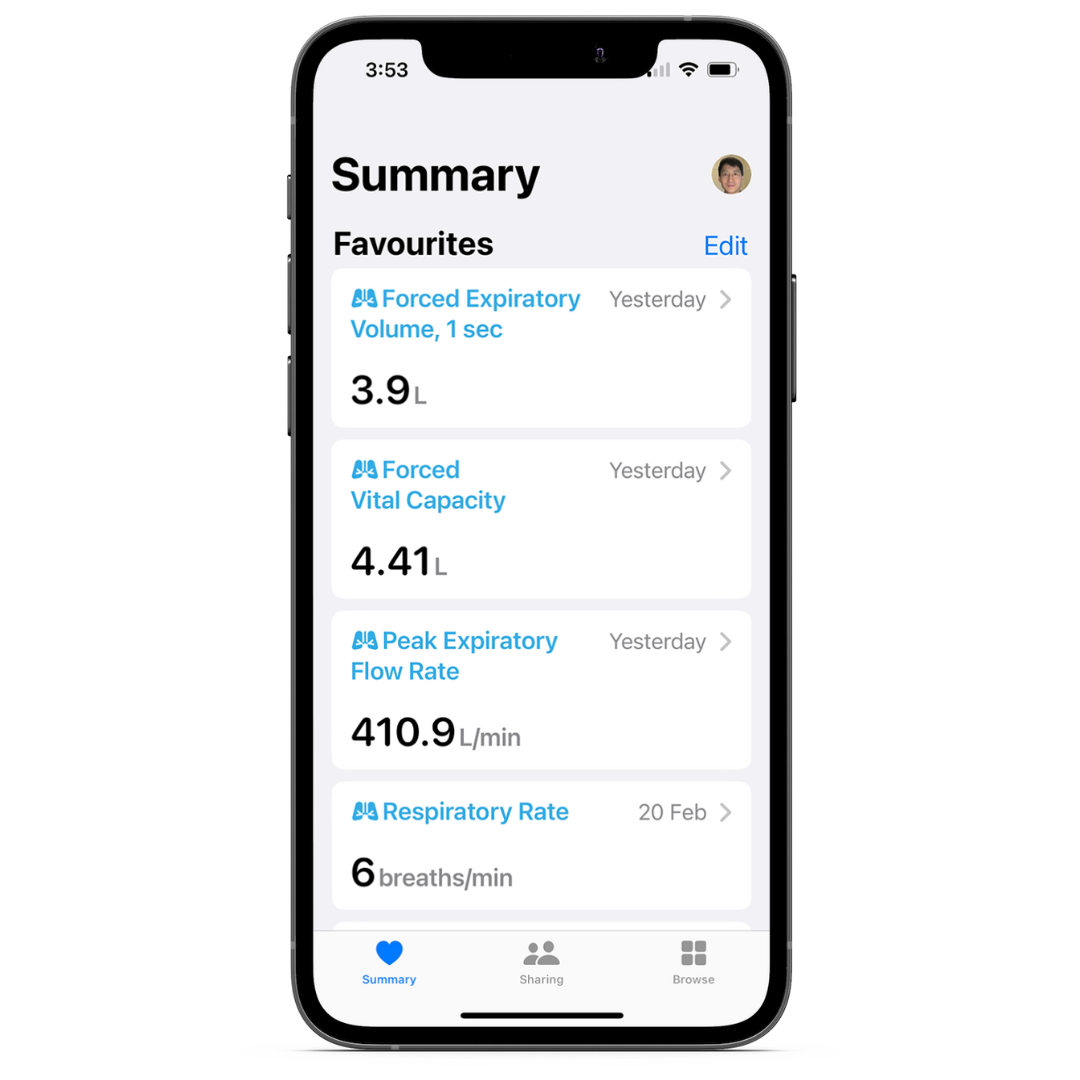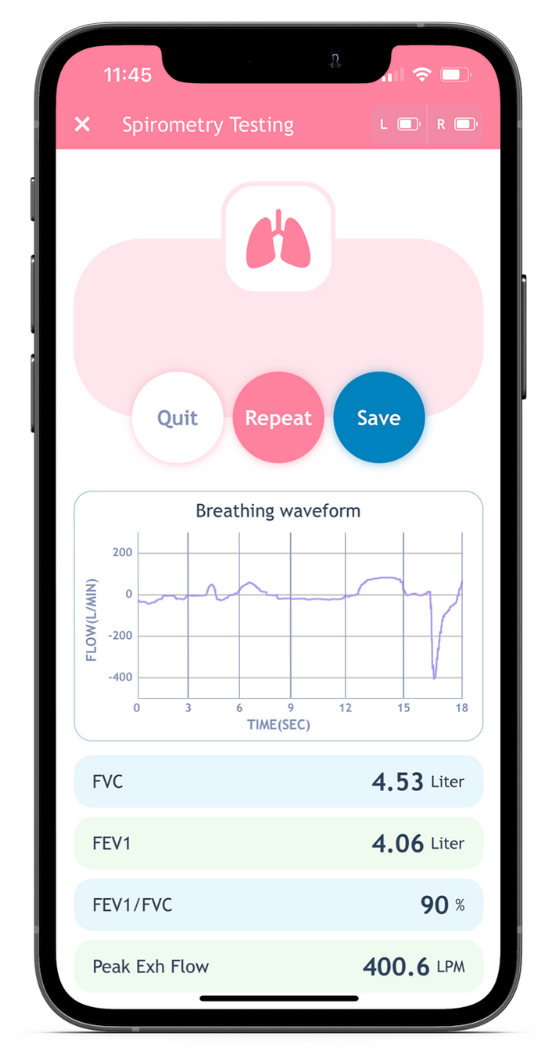AYO Breathing Trainer and Breathing Exerciser – An Inhaler-Free Asthma Preventer
What is asthma?
Conventional medicine regards asthma as a respiratory disease triggered by chronic allergic inflammation of the bronchial tubes. In the event of an asthma attack, the bronchial tubes constrict and are often accompanied by edema, extra mucus and bronchospasm, such that very little air can pass the bronchial tubes, causing shortness of breath, wheezing, chest tightness, coughing, and suffocation.
Typically, doctors prescribe steroid-based medicine to asthmatics as a bronchodilator to temporarily open the obstructed airways in the form commonly referred to as inhalers.
What’s wrong with Inhalers and Why?
The inhaler can not cure asthma.
It is used as a passive and temporary relief when an asthma symptom occurs. However, its key issue is that its frequent application could turn a mild asthma to become progressively worse!
The reason, according to Dr. Buteyko, is that the bronchospasm from asthma is in fact a protective mechanism of the body trying to prevent you from over-breathing, such that the CO2 level in the lungs not becoming too low to affect normal body functions.
Dr. Buteykop proved that such a deficiency of CO2 is also the precondition for allergic inflammation of the bronchial tubes to appear or to flare up.
The use of an inhaler tries to neutralize this protective mechanism, causing the body to fight back again and again with more intensive bronchospasm, making asthma worse and worse.
So the inhaler at best is a temporary relief of asthma symptoms, only at the cost of more severe asthma symptoms later on.
Science and Evidence-Based Asthma Prevention
Science and Evidence Related to Asthma:
-
- According to Dr. Buteyko, Over-breathing (hyperventilation) is the root cause of asthma. He believed Asthma is a defensive reaction of the body to prevent over-breathing rather than a disease, thus asthma can be prevented and curable by reducing breathing.
- Buteyko Breathing has cured hundreds of thousands of severe asthmatics that drugs could not cure effectively.
- One of the key triggers of asthma is breathing in sustained large amounts of cold and dry air.
- The most effective asthma monitoring tool is spirometry.
Prevention Strategy:
Based on the science and evidence we know, an effective strategy for asthma management and prevention includes:
-
- Avoid breathing in sustained large amounts of cold and dry air during exercises, especially in winter.
- Use the diaphragm to breathe through the nose 24/7 and close the mouth whenever you can.
- Control the breathing volume according to your metabolic rate: Do not over-breathe.
- Practice Reduced Breathing daily to increase the CO2 level in the lungs and blood and develop healthy breathing patterns.
- Perform spirometry testing regularly to monitor your asthma status and guide your treatment and exercise activities accordingly.
AYO Breathing Trainer and Breathing Exerciser – A Dream Tool for Asthmatics
AYO Breathing Trainer and Breathing Exerciser is an Australian invention designed for providing a holistic breathing tool to help you breathe better.
Inspired by Buteyko Breathing, AYO Breathing Trainer and Breathing Exerciser is particularly designed as a tool to practice reduced breathing using the diaphragm via the nose. What makes it stand out from various breathing devices on the market is that it provides accurate breathing measurement and monitoring, in situations including rest, walking, running, cycling, and common workouts via mobile phone Apps.
The App is so designed that it makes Buteyko Reduced Breathing easier and more precise which will help greatly for anyone to practice reduced breathing, especially for asthmatics.
Very importantly for asthmatics, AYO Breathing Trainer and Breathing Exerciser provides spirometry testing for frequent and effective asthma monitoring.
AYO Breathing Trainer and Breathing Exerciser can be configured in the following models, thanks to the modular structure invented by Aimwell:
-
- AYO BT – an entry-level breathing exerciser for reduced breathing.
- AYO BT+ Boost – the full-featured configuration of AYO BT+ advanced breathing measurement.
- AYO BT+ Essential – a reduced-feature breathing measurement configuration for sports breathing training.
- AYO BT+ Lite – a reduced-feature breathing measurement configuration for non-sports breathing training.
In summary, AYO Breathing Trainer and Breathing Exerciser can:
-
- Trains reduced breathing using the diaphragm via the nose – getting the fundamental breathing mechanics right.
- Warms and moistens cold and dry air by design – a key trigger to asthma.
- Reduces breathing with an adjustable air inlet as a reduced breathing exerciser – preventing over-breathing the root cause of asthma.
- Measures the volume of the air you breathe, so you know for sure how much air you reduce during your training for reduced breathing – normalizing the CO2 level in the lungs to stop allergic inflammation of the bronchial tubes from happening and train for healthy breathing patterns.
- Performs lung function testing for asthmatics: Forced Lung Capacity (FVC), Forced Exhalation in One Second (FEV1), FVC/FEV1 ratio, and Peak Exhalation Flow (PEF) – preventing asthma before it ever occurs.
Essentially, AYO Breathing Trainer and Breathing Exerciser works as an effective asthma preventer without the use of inhaler drugs.


